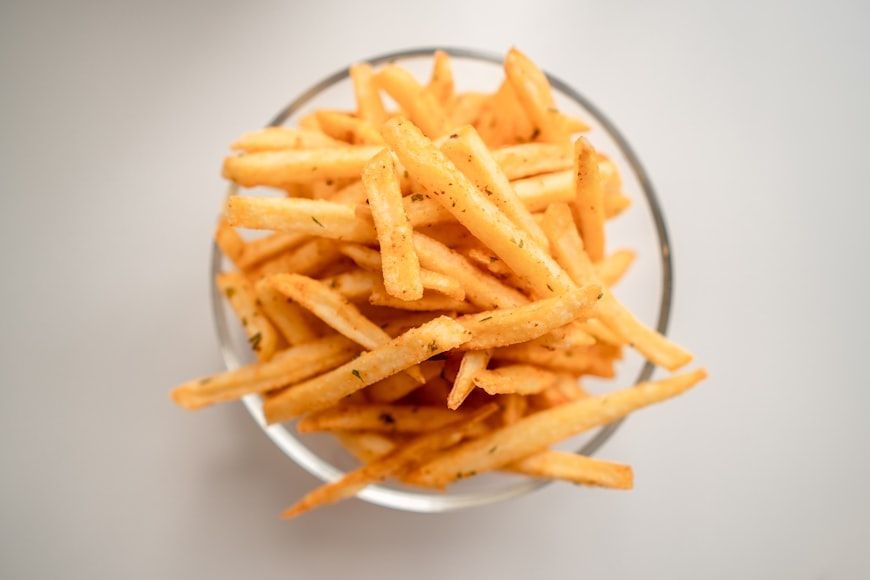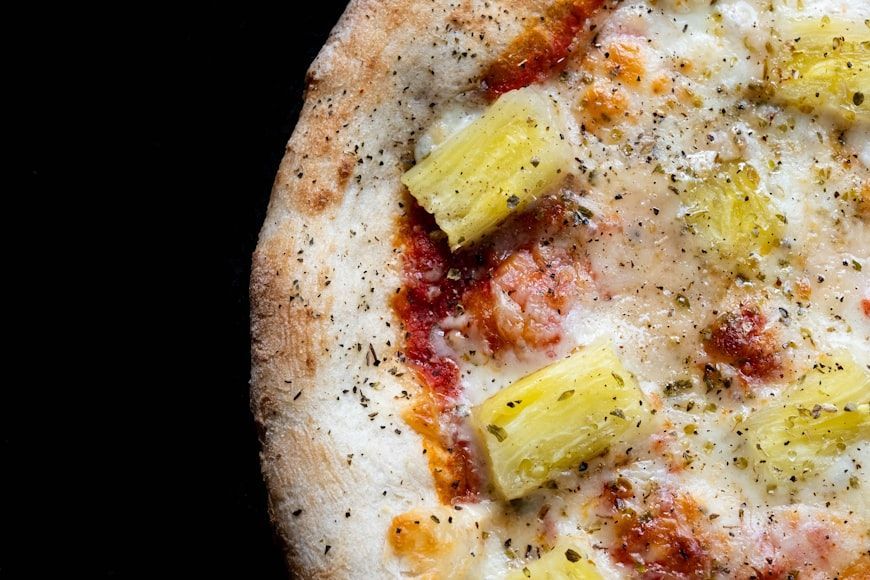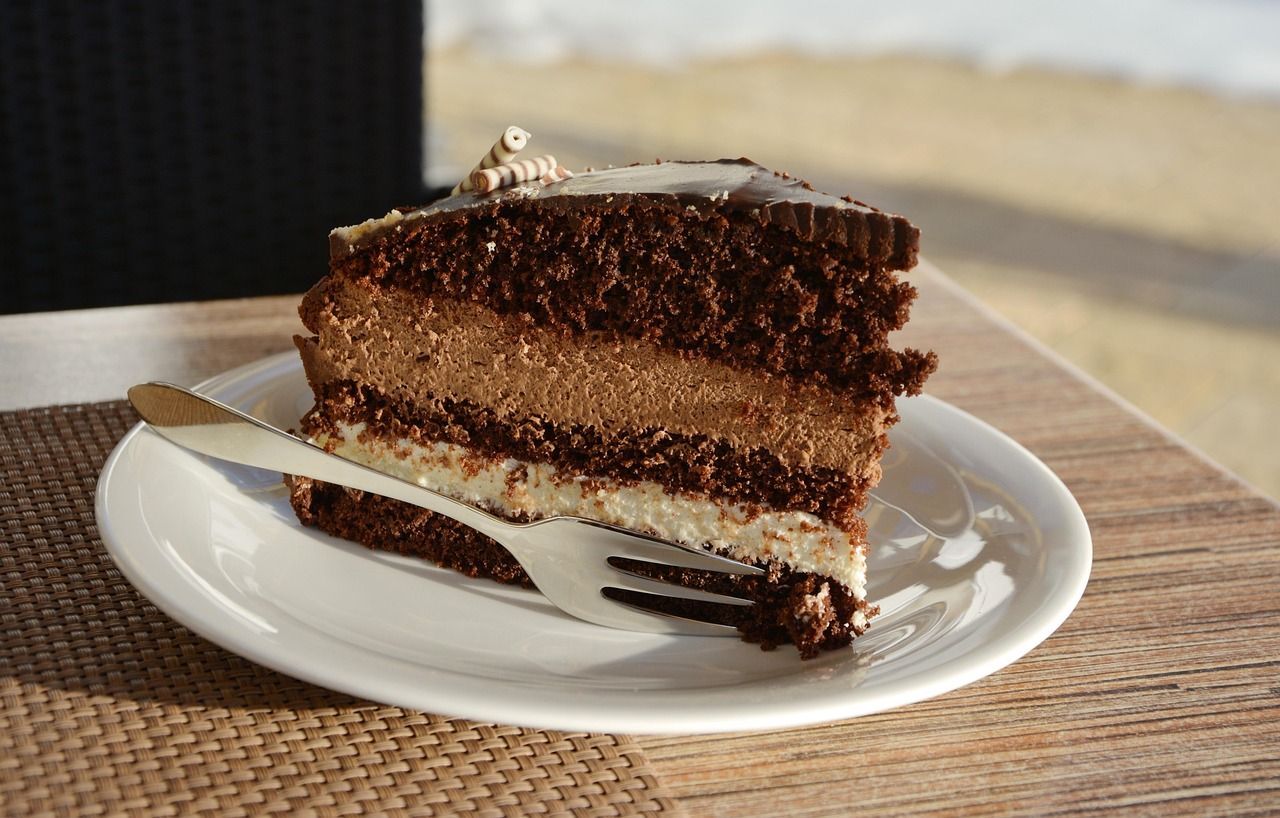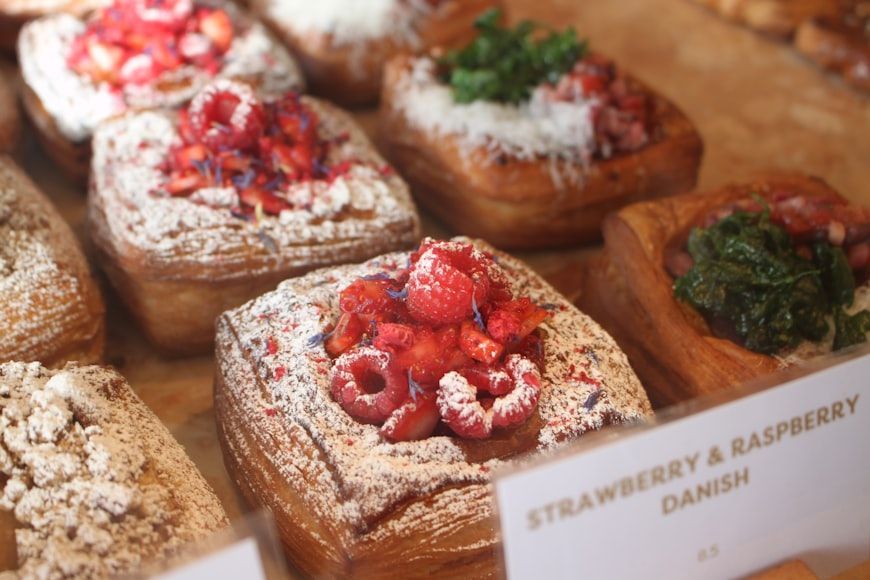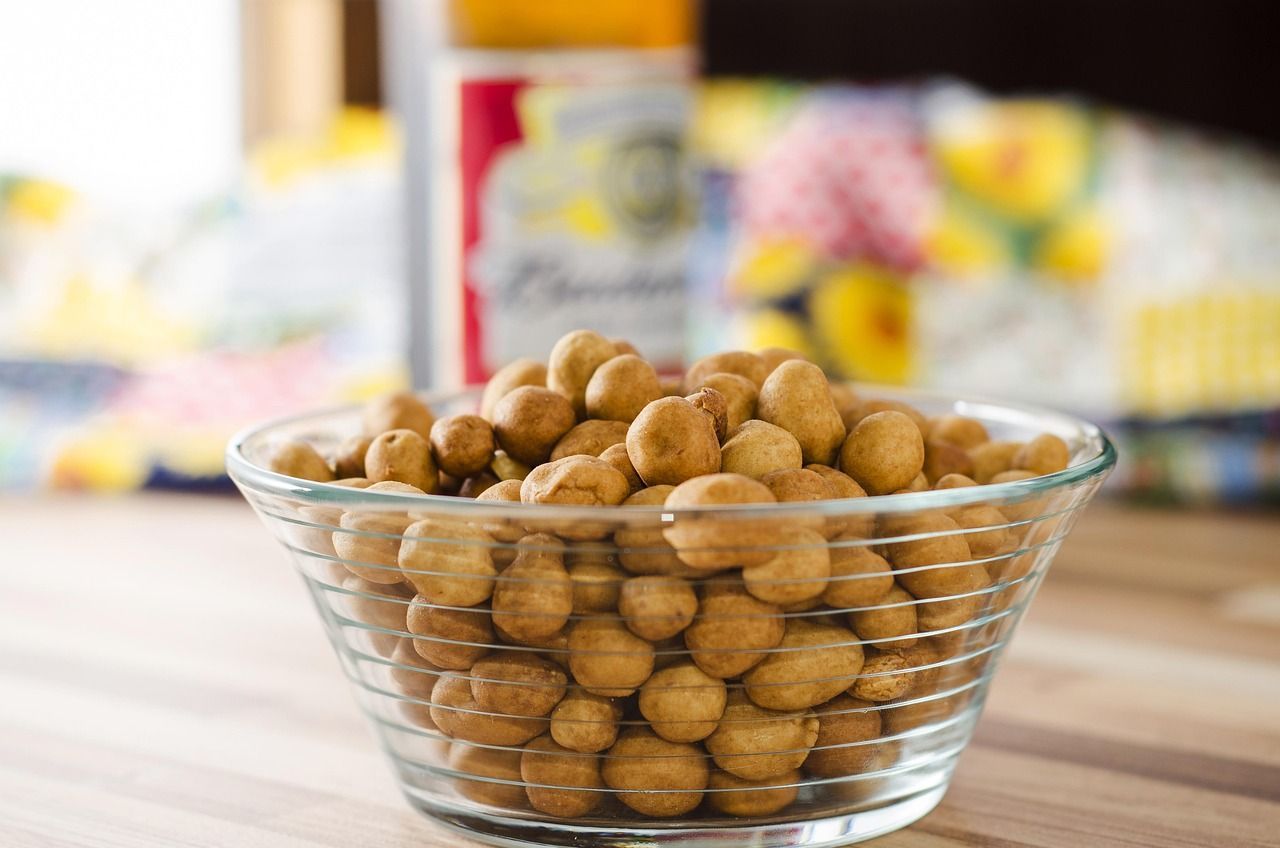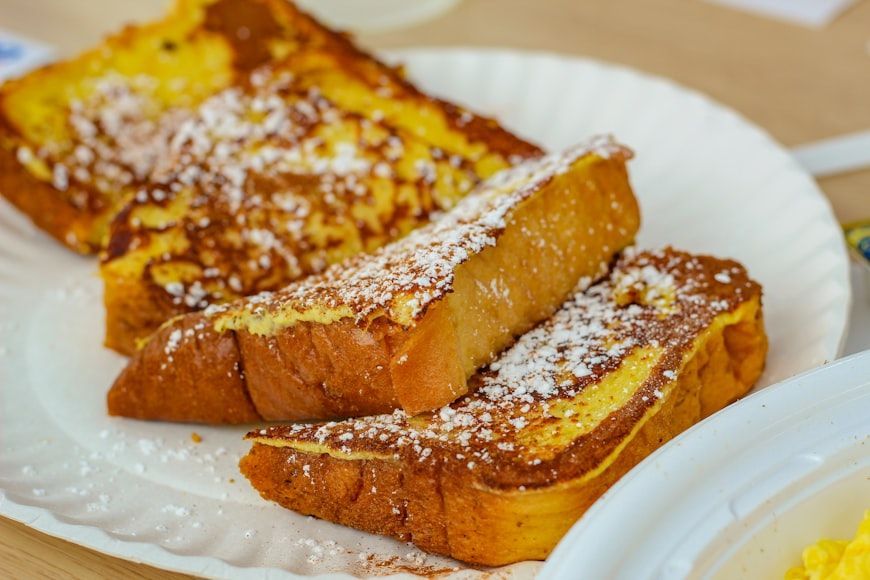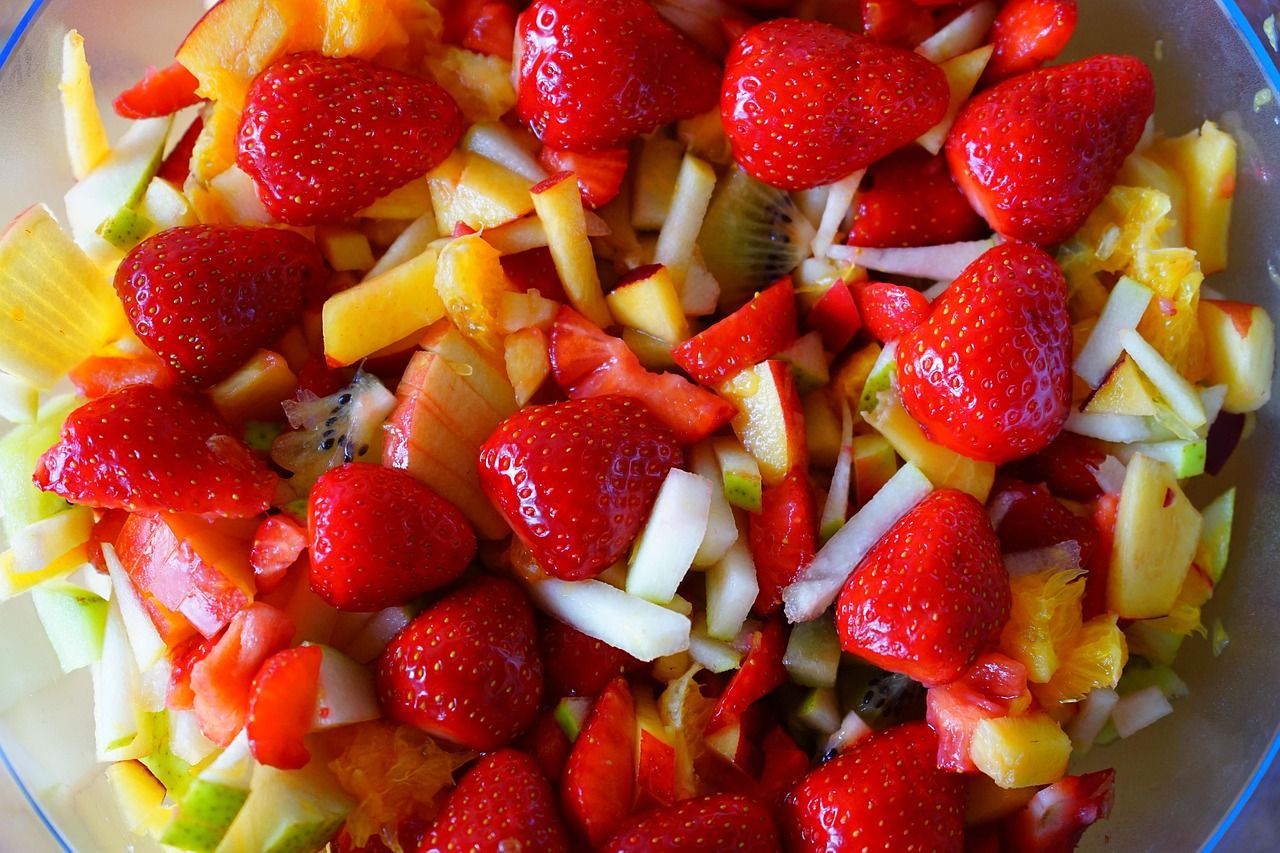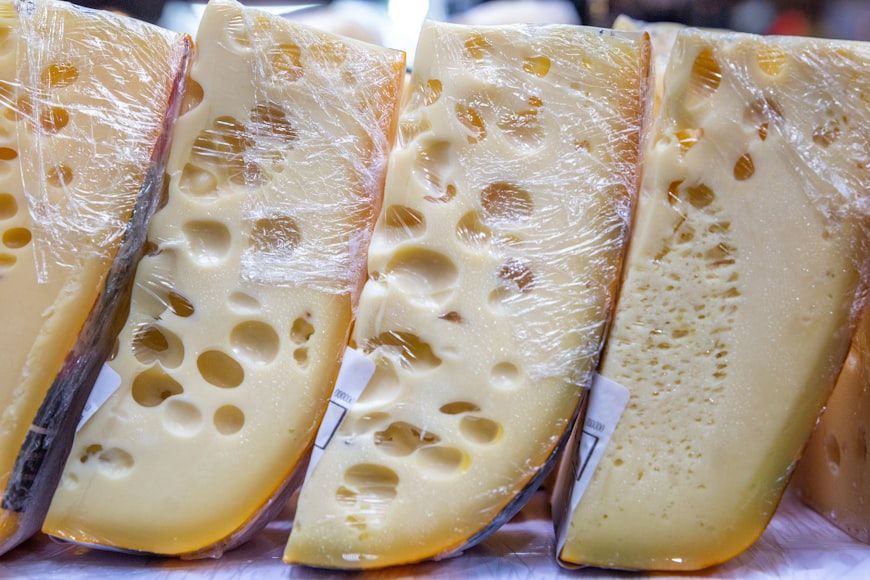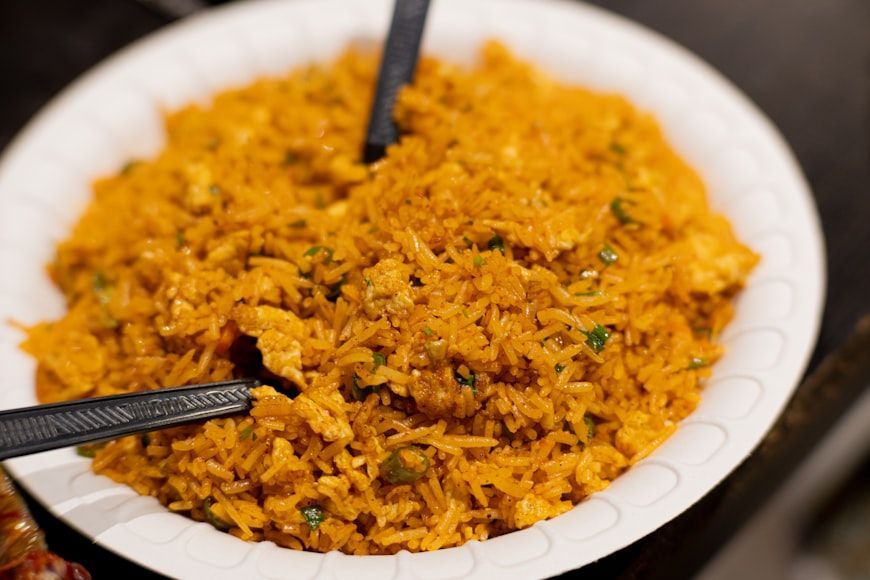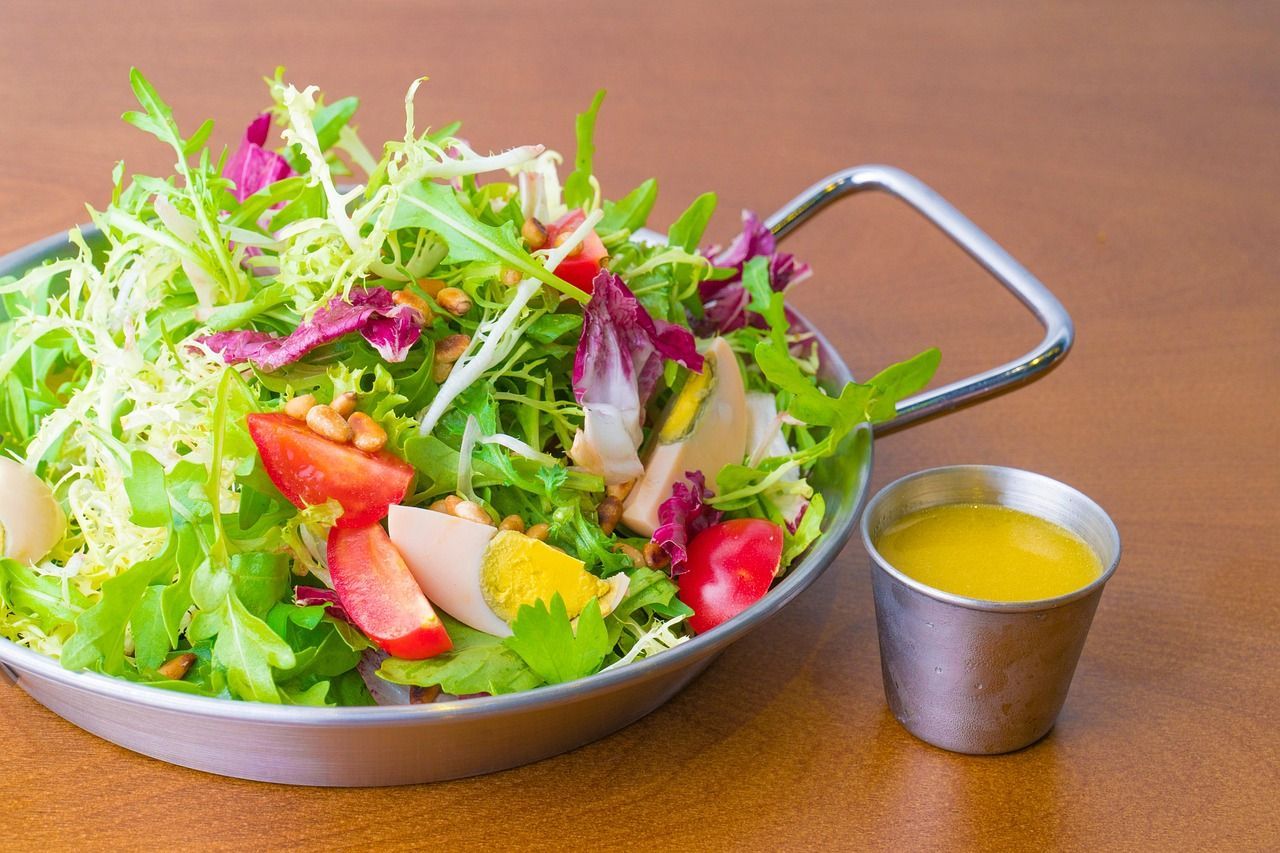An ingredient for every situation
Why you should eat cherries at night: 10 foods to improve your routine
Published on October 17, 2025
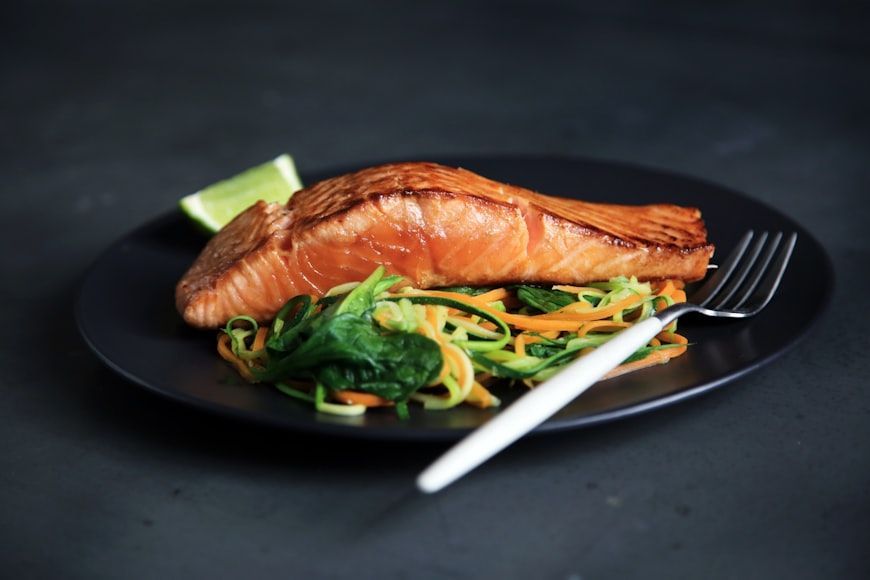 Credit: Caroline Attwood
Credit: Caroline Attwood
Your body is always talking to you, just not in words. It speaks through signs and symptoms, whether it's fatigue, bloating, trouble sleeping, or discomfort after physical activity. If you're feeling off and wondering what your body needs, keep reading! We've got 10 smart food tips to help you nourish, recover, and take care of your body. Let's go!
Sleep
 Credit: Slaapwijsheid.nl
Credit: Slaapwijsheid.nl
Do you usually eat tart cherries? If not, it might be time to add them to your diet. Tart cherries are one of the few natural sources of melatonin, the hormone that regulates your sleep-wake cycle. Other great foods to eat in the evening include chicken, turkey, kiwi, and walnuts, all of which contain nutrients that promote relaxation.
What should you avoid? Along with caffeine and alcohol, spicy foods aren't ideal for dinner. They can trigger heartburn or acid reflux, and may raise your body temperature, both of which can lead to a turbulent night.
Energy boost
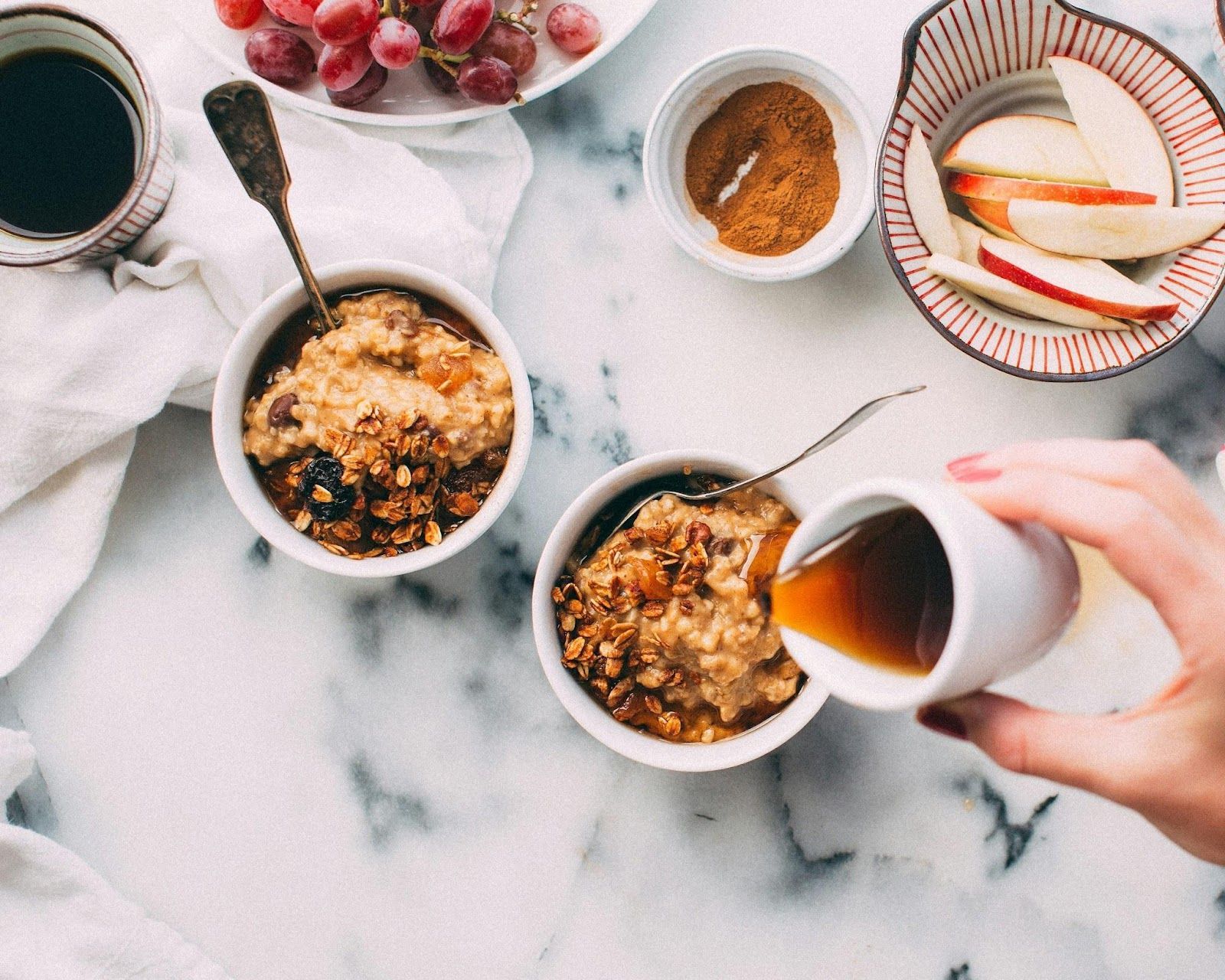 Credit: Food Photographer | Jennifer Pallian
Credit: Food Photographer | Jennifer Pallian
Do you have trouble getting out of bed in the morning? Do you feel sleepy after meals? If you're running low on energy, these foods can help. Start your day with oatmeal or other complex carbohydrates; they provide a steady release of energy to keep you going. Eggs are also a great choice: packed with protein and B vitamins, they help your body convert food into usable energy. And don’t forget your fruit—bananas, rich in potassium, fiber, and natural sugars, are perfect for a boost before or after exercise.
Bone strength
 Credit: Cara Shelton
Credit: Cara Shelton
We all know dairy is great when your bones need some help, but it's not just about milk, cheese, and yogurt. Leafy greens such as kale and spinach provide calcium, vitamin K, and magnesium—essential nutrients for strong bones. Fatty fish like salmon and sardines are also excellent, offering vitamin D and omega-3 that help reduce bone loss. Nuts and seeds make this list too, with a good dose of magnesium, phosphorus, and calcium. And here's a bonus you might not expect: citrus fruits! Thanks to their high vitamin C content, they help your body produce collagen, a key component of bone structure.
Immune support
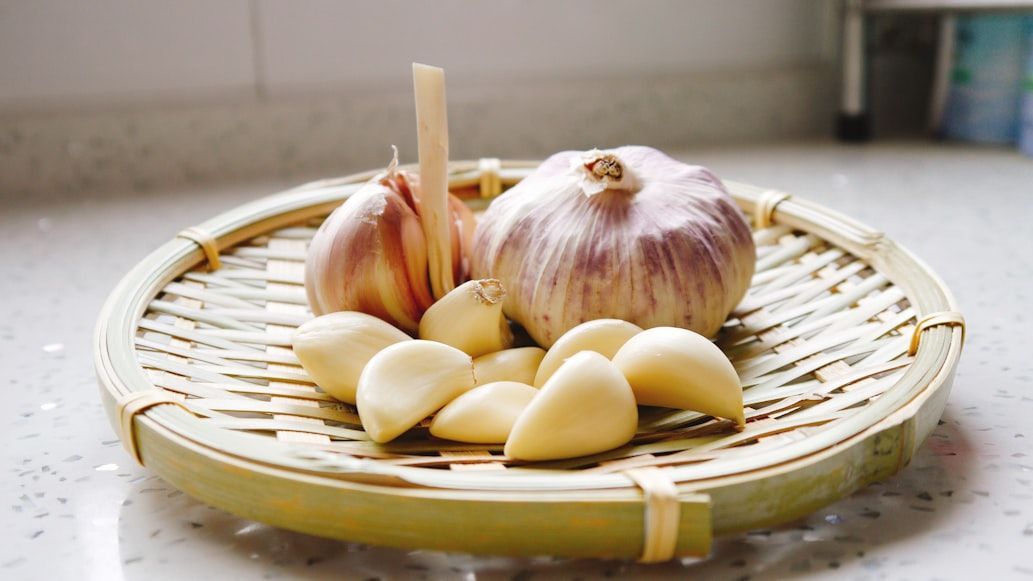 Credit: ji jiali
Credit: ji jiali
When cold season hits, keeping your immune system strong is crucial—and certain foods can be your best allies. First up: citrus fruits! They help boost the production of white blood cells, your body’s infection fighters. If you’re not a fruit fan, try red bell peppers. They contain just as much vitamin C as oranges and come with a bonus: beta-carotene. For a tasty and healthy snack, grab a handful of almonds; they’re rich in vitamin E, a powerful antioxidant. And let’s not forget our grandmothers’ tried-and-true remedies: garlic, ginger, and of course, chicken soup.
Mood enhancement
 Credit: Ful Foods
Credit: Ful Foods
It's easy to forget, but what you feed your body has a big impact on your mood. Try adding more omega-3-rich fish to your meals; their healthy fats help regulate serotonin, a neurotransmitter that plays a key role in emotional well-being. Whole grains such as quinoa, brown rice, and oats are also great choices, since they help stabilize blood sugar. If you have a sweet tooth, berries offer antioxidants and vitamin C, which may help reduce inflammation and stress. And the best for last: dark chocolate. That’s right! In moderation, this treat provides a natural boost of serotonin and endorphins.
Heart health
 Credit: Count Chris
Credit: Count Chris
It’s always smart to include more fish in your diet—and salmon once again stands out, this time for its heart benefits. It helps reduce inflammation and lower triglycerides. Leafy greens are another fantastic ally; they’re rich in vitamin K and antioxidants, which can improve blood flow and help lower blood pressure. And don’t forget: it’s a good idea to swap regular cooking oils for extra-virgin olive oil, which provides healthy fats and antioxidants that may reduce the risk of heart disease.
Focus
 Credit: Brett Jordan
Credit: Brett Jordan
Staying focused throughout the day isn't always easy, but what you eat can make a big difference. Start your morning with eggs—a smart breakfast choice that contains choline, a nutrient that supports memory and helps your brain cells communicate. Pair them with a handful of blueberries, rich in antioxidants that sharpen concentration and may even slow mental aging. And when you need a snack to keep your mind alert, pumpkin seeds are perfect. They provide magnesium, iron, zinc, and copper—all essential for brain health and focus.
Digestion
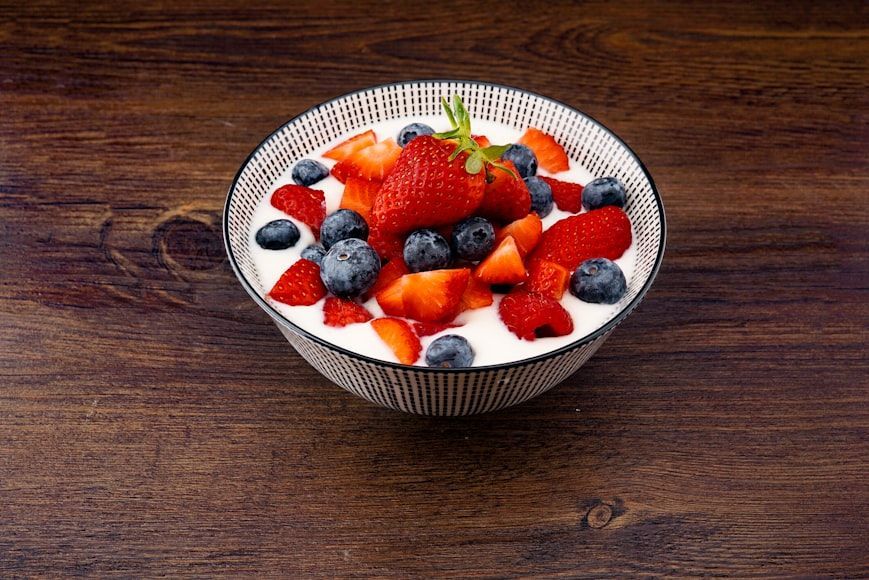 Credit: Wesual Click
Credit: Wesual Click
Bananas and apples, thanks to their fiber content, are great allies when your digestive system needs a little support. But the star of the show is yogurt with live cultures. It's full of probiotics, the beneficial bacteria that help maintain a balanced gut flora. Other guests at this digestive party include ginger and peppermint, known for their anti-inflammatory properties, and chia seeds, which are rich in soluble fiber to help keep things moving. The best part? You can enjoy many of these in one tasty breakfast!
Muscle repair
 Credit: sporlab
Credit: sporlab
If you work out regularly or love playing sports, you know food plays an important role in helping your body recover. Experts recommend lean meats, as they contain protein and leucine, an amino acid that supports muscle repair. Other great options include quinoa, beans, and lentils—rich in plant-based protein, iron, and complex carbohydrates that aid recovery.
Sweet potatoes also make the list; their potassium content helps prevent muscle cramps. And don’t forget cottage cheese, packed with casein protein that promotes overnight muscle repair.
Skin health
 Credit: Ilia
Credit: Ilia
Your skin says a lot about you—and how you eat! For hydrated, glowing skin, try adding avocados to your meals. Why? They’re rich in healthy fats and vitamin E, which help keep your skin soft and protected. Tomatoes are another skin-friendly food; they contain vitamin C and lycopene, an antioxidant that helps defend against sun damage and supports collagen production. Don’t forget fruits and vegetables with high water content, like watermelon and cucumbers—they can help keep your skin moisturized and improve its appearance.

